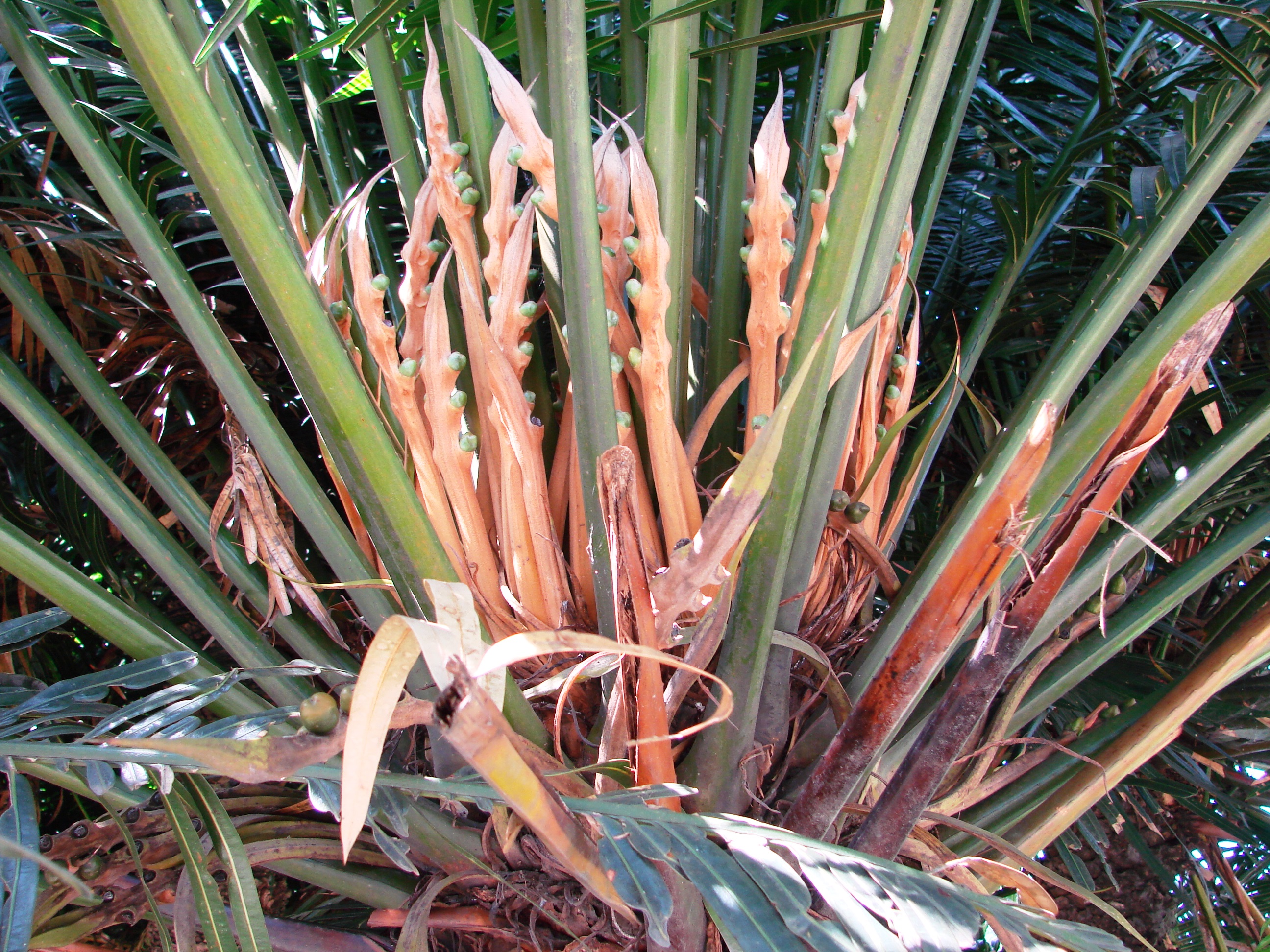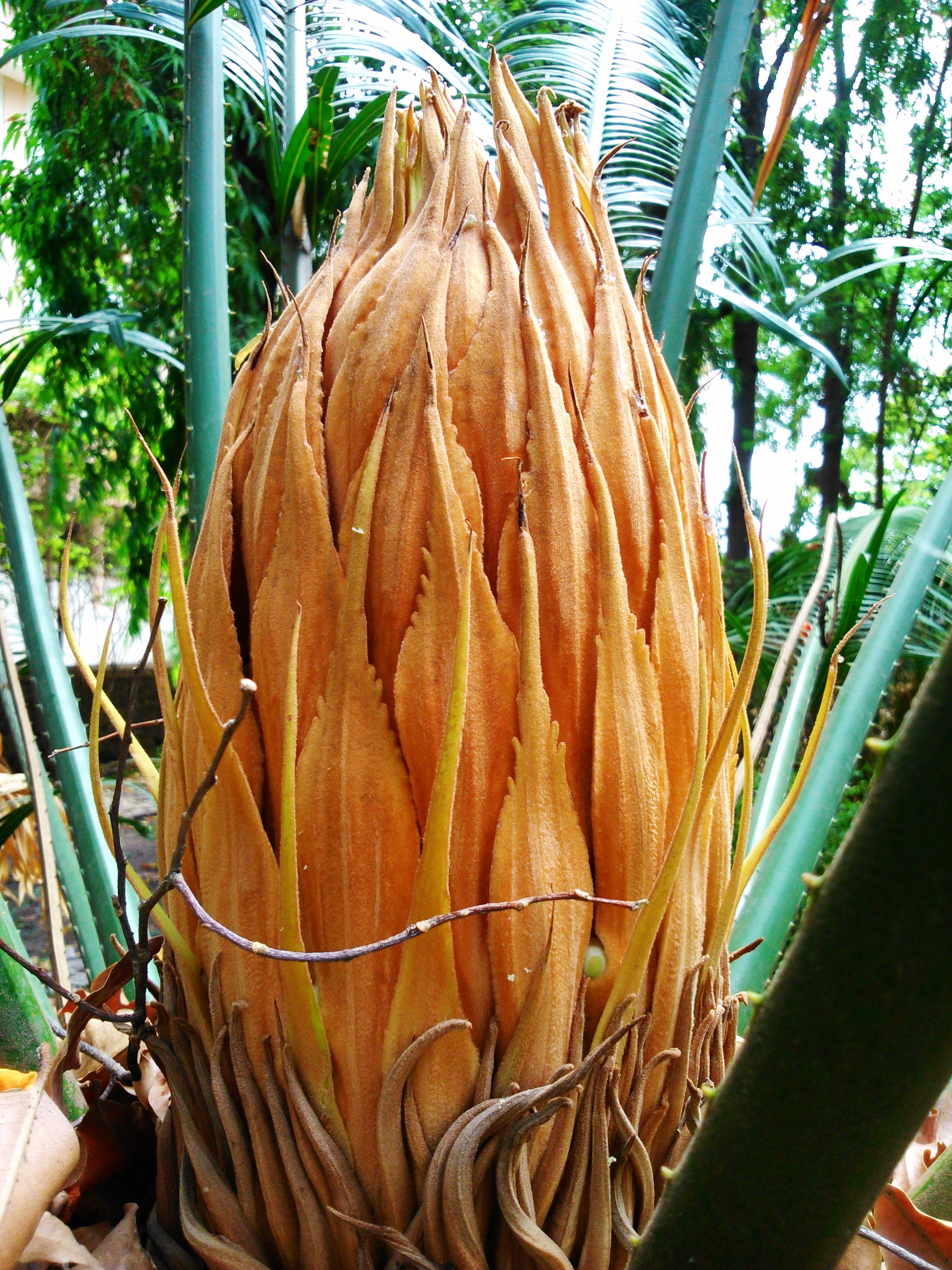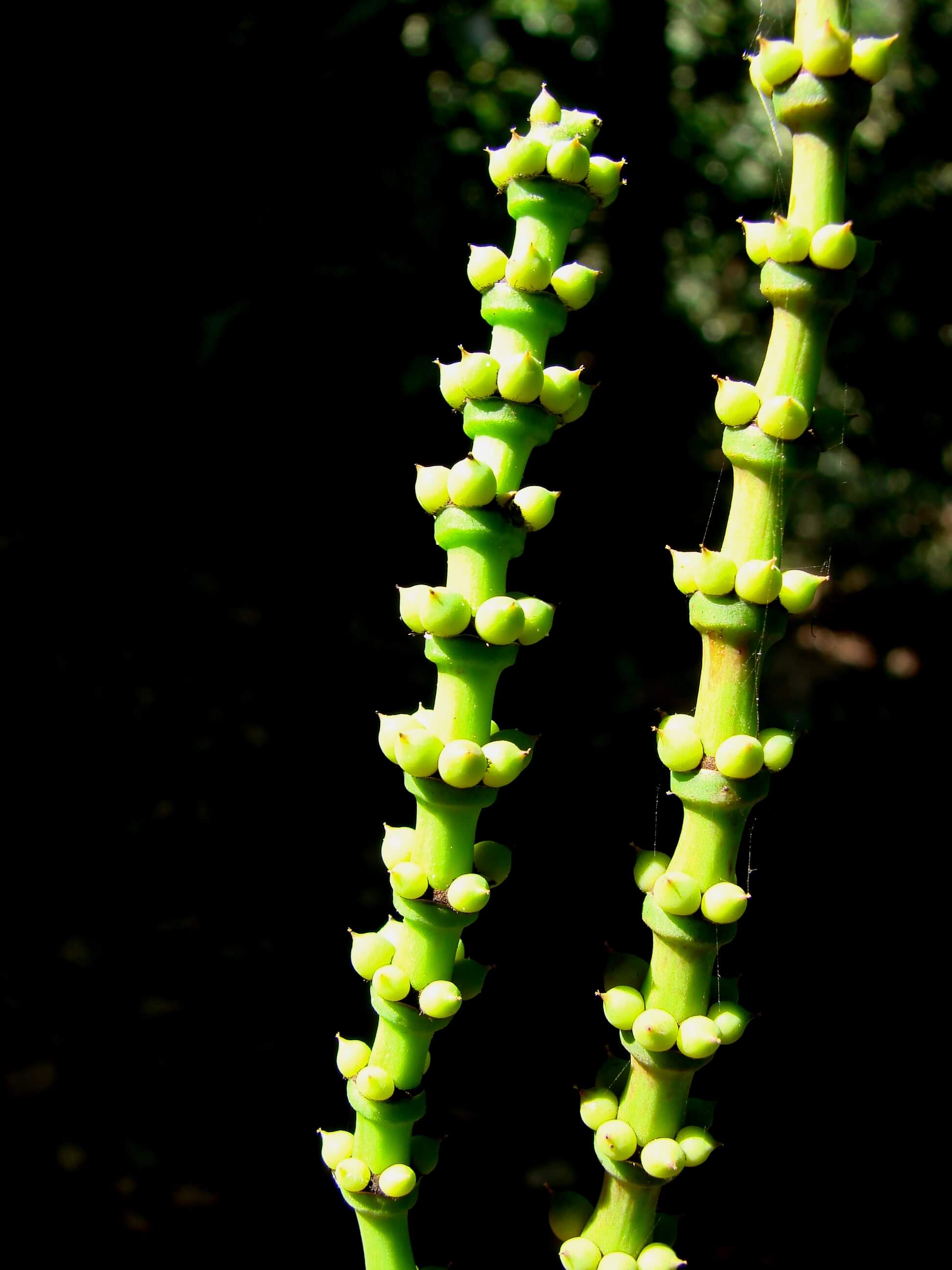
WHAT ARE GYMNOSPERMS?
The term ‘Gymnosperms’ is coined by combining two Greek words i.e. ‘gymnos’ (unprotected, naked, open) and ‘sperma’ (seeds). In gymnosperms true flowers are absent, instead the unisexual (either male or female) cone or strobili are produced. The ovules are arranged and exposed on the surface of leaf-like structures called bracts (megasporophylls). The female cone after pollination and fertilization produce naked seeds. Gymnosperms are predominantly woody and vascular plants and include cycads, conifers, ginkgoes, and gnetophytes. Some of the most recognizable examples of these woody shrubs and trees include Deodars, Pines, Spruces, Firs, hemlocks, redwoods, cedars, cypress, and Ginkgoes. There are more than 1000 species of gymnosperms; often found in temperate and boreal forest biomes. Gymnosperms are considered to be evolved during Devonian period (395-359 my) and diversified rapidly during the lower carboniferous period (345 my). The gymnosperms have significant economic importance. They are commercially exploited for timber, paper and boards, hard resins (Kauri copal, Manila copal, amber, sandarac), oleoresins (turpentine, Canada balsam, Venice turpentine), tannins, essential oils, fatty oils, food supplements, and pharmaceuticals; and are widely used in landscaping of parks and gardens because of their evergreen habit and symmetrical appearance.
| Sr. No. | Botanical Name | Common Name | Family | Habit |
|---|---|---|---|---|
| 1 | Cycas revoluta | Cycas | Cycadaceae | An evergreen tree |


